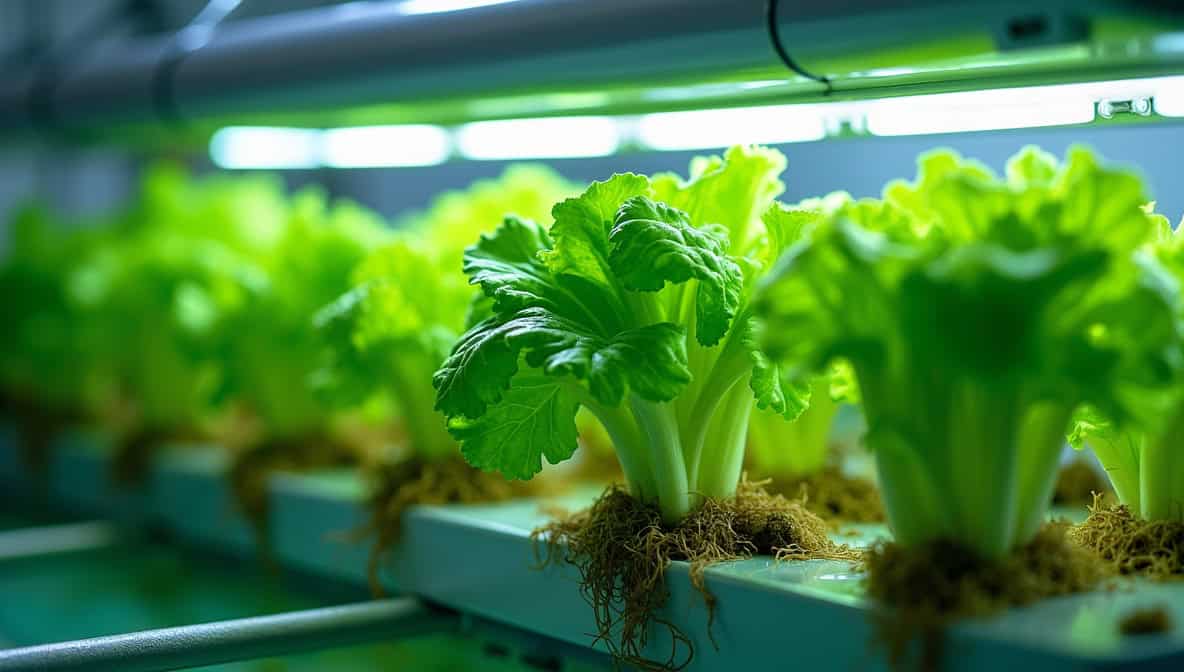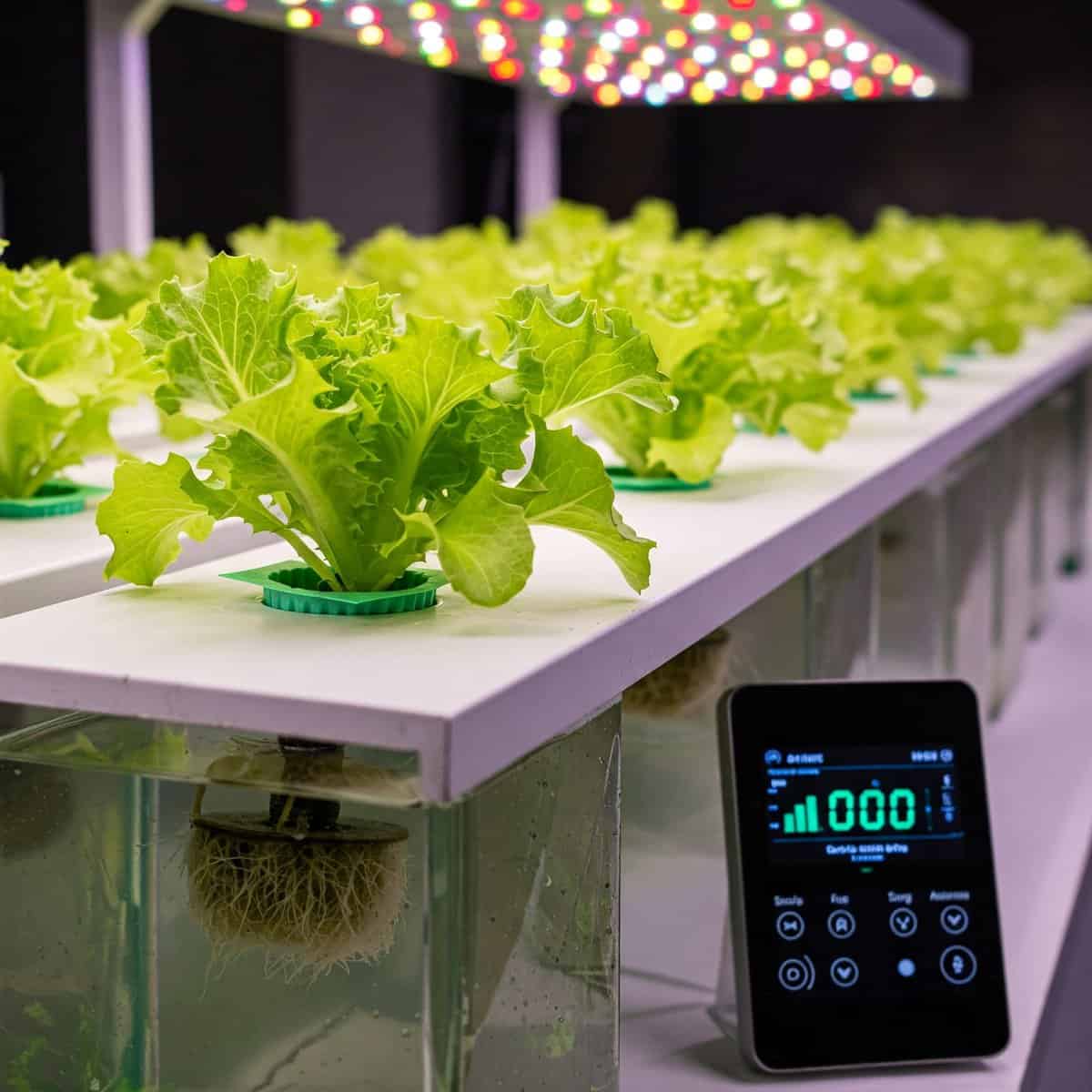Customizable Grow Media for Different Plants: Unlock Better Growth With the Right Blend
Start with the needs of your plant, not the bag of media. Mix coconut coir, perlite, peat, or bark based on the crop’s water, air, and pH preferences. Always test your blend on a small scale before committing, and monitor plant response to tweak your recipe for the healthiest roots and best yields. Key Takeaway … Read more





